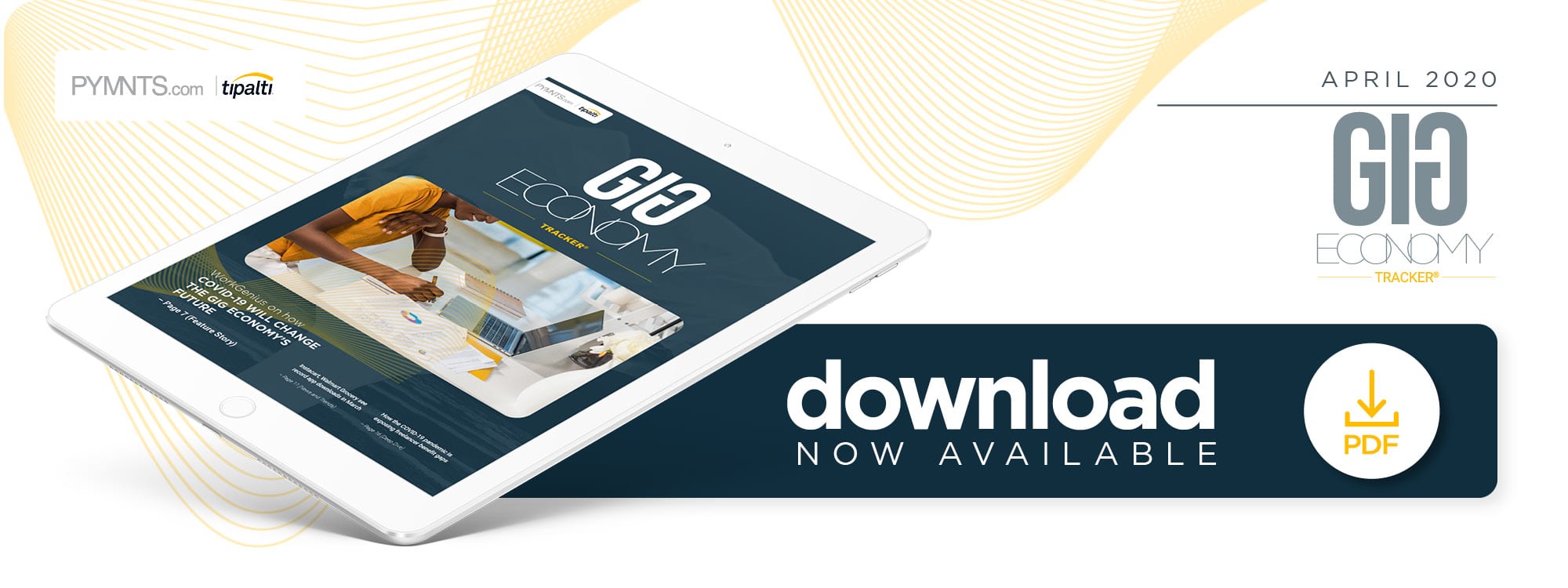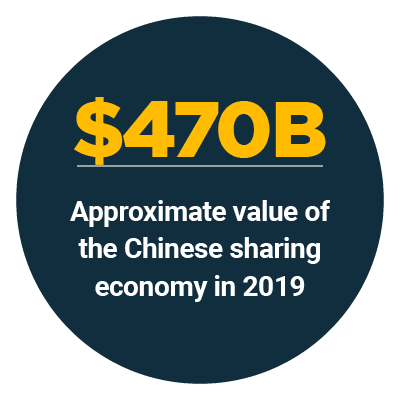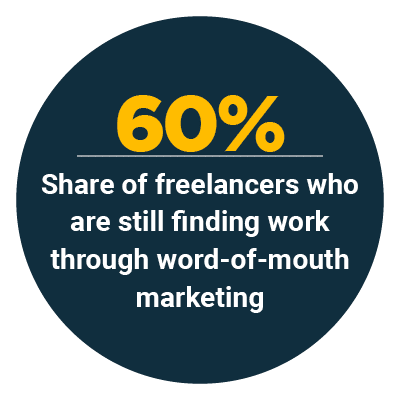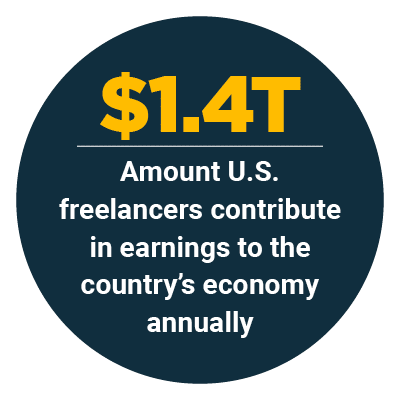COVID-19’s Impact On The Gig Economy

 Freelancers worldwide found themselves impacted by the new coronavirus as it shuttered businesses and stalled payments, with many gig workers now fulfilling critical roles to keep society moving as consumers retreat inside of their homes. Food delivery and Uber drivers, for example, are among those still able to work. Other freelancers such as wedding industry vendors saw their ability to work rapidly decline during the pandemic, sending them into their homes to hopefully outlast COVID-19 financially. Gig workers’ rights and benefits — including healthcare and access to unemployment — have become key topics debated by regulators in th
Freelancers worldwide found themselves impacted by the new coronavirus as it shuttered businesses and stalled payments, with many gig workers now fulfilling critical roles to keep society moving as consumers retreat inside of their homes. Food delivery and Uber drivers, for example, are among those still able to work. Other freelancers such as wedding industry vendors saw their ability to work rapidly decline during the pandemic, sending them into their homes to hopefully outlast COVID-19 financially. Gig workers’ rights and benefits — including healthcare and access to unemployment — have become key topics debated by regulators in th e United States as they work to figure out how to provide support.
e United States as they work to figure out how to provide support.
In the latest Gig Economy Tracker, PYMNTS analyzes the way the freelance industry is responding to COVID-19, and how the pandemic could potentially change the future of the gig economy as questions surrounding freelancer benefits, payments and healthcare continue to arise during its spread.
Around The Gig Economy Payments World
Freelancers in different fields are weathering COVID-19 differently, with some struggling to find work while others seeing job opportunities increase. Delivery drivers or those who pick up food orders for online platforms such as Instacart have seen demand skyrocket as consumers obeying calls for quarantining have ordered food and supplies to their homes rather than venturing to physical stores. Instacart’s downloads for the month of March 2020 increased 218 percent month-to-month, for example, and other grocery platforms saw increases not far behind. Concerns are rising among these workers as well as regulators surrounding the dangers to their health, however, as they may be more at risk for exposure to COVID-19 than other workers.
Another change to the freelancer community in the U.S. and other countries is the way consumers and regulators th ink about it. Many are seeing the true size of the gig economy for the first time as it becomes apparent that many of these workers are responsible for essential jobs during the pandemic. Many companies rely on freelancers more often than assumed, in fact, with 80 percent of firms today using a mix of full-time and contracted employees to fulfill their needs, according to a PYMNTS interview with CEO Mynul Khan of online freelancer matching service Field Nation. This new perspective could also change the value placed on freelancer relationships by firms.
ink about it. Many are seeing the true size of the gig economy for the first time as it becomes apparent that many of these workers are responsible for essential jobs during the pandemic. Many companies rely on freelancers more often than assumed, in fact, with 80 percent of firms today using a mix of full-time and contracted employees to fulfill their needs, according to a PYMNTS interview with CEO Mynul Khan of online freelancer matching service Field Nation. This new perspective could also change the value placed on freelancer relationships by firms.
Many world markets saw developments in their own freelancer economies prior to the COVID-19 outbreak including France, where its highest court of appeals, la Cour de Cassation, recently upheld a decision involving drivers for ridesharing company Uber. The ruling confirmed that these drivers could not be considered independent contractors but should rather be considered employees, since they cannot set their own fares for the rides they complete. This could shift the way the rideshare could operate — as well as the way that it pays taxes — within France.
For more on these and other stories, visit the Tracker’s News & Trends.
How The Pandemic Is Impacting Business Regulations
Freelancers’ work lives have been as disrupted by COVID-19 as well as full-time em ployees, which has somewhat leveled the playing field. Companies are searching for ways to meet project deadlines in the face of the pandemic, and may be searching for some extra help in the form of freelancers to get those deliverables completed. This might set a pattern for a future where remote work is more widely accepted and where firms will be even more inclined to hire gig workers to get their work done, says Marlon Litz-Rosenzweig, co-founder and CEO of freelancer hiring platform WorkGenius. To learn more about the potential long-term impact of COVID-19 on the freelancer world, visit the Tracker’s Feature Story.
ployees, which has somewhat leveled the playing field. Companies are searching for ways to meet project deadlines in the face of the pandemic, and may be searching for some extra help in the form of freelancers to get those deliverables completed. This might set a pattern for a future where remote work is more widely accepted and where firms will be even more inclined to hire gig workers to get their work done, says Marlon Litz-Rosenzweig, co-founder and CEO of freelancer hiring platform WorkGenius. To learn more about the potential long-term impact of COVID-19 on the freelancer world, visit the Tracker’s Feature Story.
Deep Dive: COVID-19 And Its Effects On Gig Economy Benefits
The effects felt by the pandemic can vary greatly in the freelance space depending on their line of work. Delivery app drivers may experience an uptick in work, for example, while others such as freelance wedding photographers are seeing job opportunities decline. Questions regarding employment and healthcare benefits have risen for both groups, however, as the virus continues to spread — delivery drivers may be more at risk for exposure to COVID-19, for instance, though they lack the typical healthcare protections of full-time employees. Out-of-work photographers may be safe from exposure but are not taking in money, without the unemployment benefits typically offered to full-time professionals. The U.S. government’s recent stimulus bill thus included provisions for this group, but opened widespread concern about how such benefits may be treated in the aftermath of the pandemic. To learn more about COVID-19 and the freelancer world, visit the Tracker’s Deep Dive.
About The Tracker
The Gig Economy Tracker, powered by Tipalti, examines the latest changes to payments in the gig economy and how freelances and partner services are responding to shifting payment financial needs.